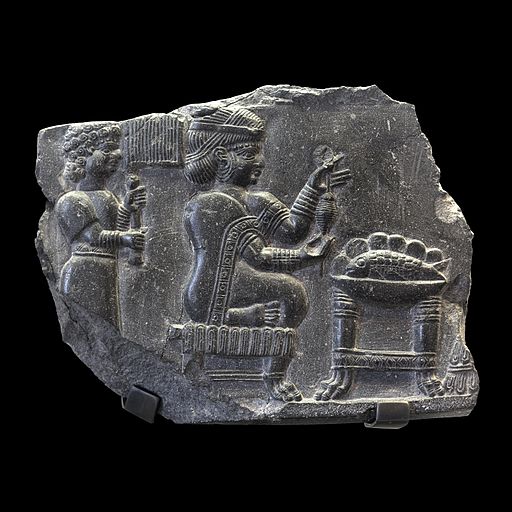An explanation - my obsession with hand spindles...
So if you've looked at the gallery you are going to have at least once asked "what on earth are all these spindles about?" Truth is that I'm married to an amazingly crafty woman who has a passionate interest in all things yarn related. Everything from the breeds of sheep through to knit and crochet and making with yarn in all its forms. Of course on that journey from fleece to finished garment there is the process of spinning and plying the yarn. As well as being a demon on the spinning wheel she also takes great pleasure from hand spinning.
Hand spinning is a technique so old that it certainly predates written history - which is no surprise given that essentially all you need is a stick and a weight to help it spin. Of course over the last two and a half thousand years or so this has matured in different ways around the world, with different styles of spindle emerging from different cultures and places. To give some context to the history of hand spinning the image below is a fragment of a bas relief of a young woman spinning. Known simply as "The spinner" it dates to some time between the 8th century BCE and the middle of the 6th century BCE.
As a method of producing yarn the hand spindle is still in use today, I was recently at a yarn festival, (yes they are a thing), where there were examples of work made of hand spun nettle flax from Nepal, along with the distinctive and simple spindles they still use today.
As far as my adventures in woodturning go these hand spindles, be they supported, suspended, Tibetan, Turkish, Russian or even Scottish they all make for great practice items which will ultimately have a practical purpose. Whether I am simply turning the whorls (the round weighted sections), or the spindle staff itself, or even just hand carving the sections of the cross on a Turkish spindle, each is a learning experience.
Hand spinning is a technique so old that it certainly predates written history - which is no surprise given that essentially all you need is a stick and a weight to help it spin. Of course over the last two and a half thousand years or so this has matured in different ways around the world, with different styles of spindle emerging from different cultures and places. To give some context to the history of hand spinning the image below is a fragment of a bas relief of a young woman spinning. Known simply as "The spinner" it dates to some time between the 8th century BCE and the middle of the 6th century BCE.
 |
| Louvre Museum / CC BY-SA 2.0 FR |
As a method of producing yarn the hand spindle is still in use today, I was recently at a yarn festival, (yes they are a thing), where there were examples of work made of hand spun nettle flax from Nepal, along with the distinctive and simple spindles they still use today.
As far as my adventures in woodturning go these hand spindles, be they supported, suspended, Tibetan, Turkish, Russian or even Scottish they all make for great practice items which will ultimately have a practical purpose. Whether I am simply turning the whorls (the round weighted sections), or the spindle staff itself, or even just hand carving the sections of the cross on a Turkish spindle, each is a learning experience.

Comments
Post a Comment